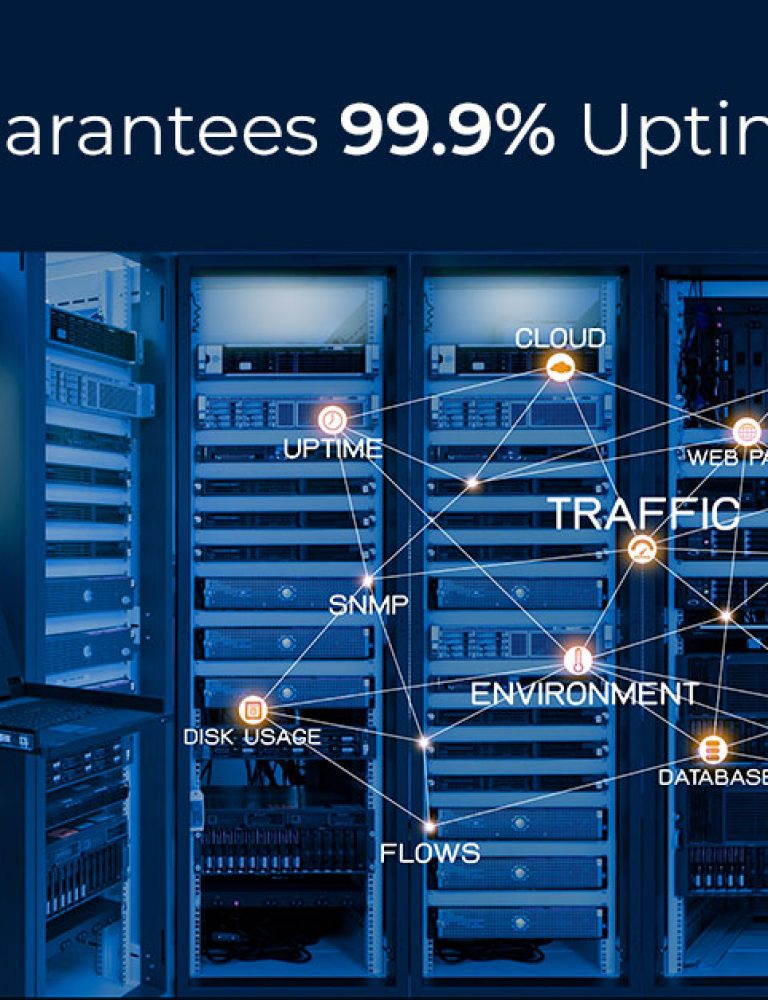Better educational outcomes involve continuously improving pedagogies and implementing new technologies and techniques to help students learn better.
Individualized learning is emerging as one of the leading ways to help students learn at their own pace. This method of instruction still keeps some room for challenges and curveballs, but it does not compromise the quality of the learning a student experiences from the curriculum.
Individualized learning has several benefits for the entire classroom, like improving the morale of slow learners while improving student retention in courses or classrooms. It helps educators optimize the educational experience for everyone in the classroom using digital publishing platforms like KITABOO.
Table of Contents
I. What is Individualized Learning?
II. Individualized vs. Differentiated vs. Personalized Instruction
III. Four Key Steps to Individualizing Learning for Every Student
What is Individualized Learning?
Individualized learning is a teaching technique that enables teachers to pace a curriculum differently for each student’s personal needs. It aims to address the fact that not all learners are fast learners.
While some students breeze through a lesson without a problem, others may require frequent revisits to certain concepts to learn properly. With individualized learning, the pace of a course can be adjusted suitably at each crossroads to ensure that the students learn effectively.
Individualized learning helps students foster creativity and critical thinking, learn technical skills, engage in collaborative learning and take initiative for their own learning and course.
Individualized vs. Differentiated vs. Personalized Instruction
As educational methodologies become more and more innovative, there occur some points of similarity between different methods of instruction. The same is happening with individualized, differentiated, and personalized instructions.
While all these methodologies are unique, there is some ambiguity which is necessary to be sorted before proceeding. Differentiated instruction refers to the education technique that allows educators to address the “how?” of the methodologies. It involves tailoring the learning content in a way that suits everyone.
On the other hand, individualized instruction refers to the methodology where teachers address the “when?” of education. It allows them to understand when to move ahead in a lesson with each student.
Personalization of education is an umbrella term that involves all the possibilities that allow a curriculum to be tailored to suit an individual’s needs. It may involve pacing a course, customizing the delivery, introducing supplemental classes, etc., to ensure that students learn well.
Four Key Steps to Individualizing Learning for Every Student
Individualization of learning can be achieved in a classroom by keeping the following four considerations in mind:
1. Understand Your Students
To individualize the learning experience for each student, educators must be thoroughly familiar with every student in their classroom. One way of getting to know your students is to take a survey at the beginning of each session.
This survey can include questions like students’ strengths and weaknesses, learning preferences, special needs, considerations, etc., to help tailor an individualized learning curriculum. Teachers can also introduce a survey in the middle of the term to readjust teaching strategies to be effective.
2. Set Goals Individually
Traditional educational methods do involve goal-setting, but they are largely generalized and target curriculum completion rather than learning outcomes. In individualized instruction, teachers need to sit with each student and discuss individual goals with each one.
Consider using the SMART technique – Specific, Measurable, Achievable, Relevant, and Time-based – to jot down the goals with each student. It helps to individualize the learning curriculum based on the information on the SMART card of each student.
3. Optimize Your Approach
There is no one-size-fits-all in individualized instruction. Educators need to understand how they can leverage different types of approaches to optimize the learning experience for each student equitably.
Educators can consider mixing several pedagogies and methods to achieve a lesson pace that is suited for the students, or they can employ different approaches for different students.
It all depends on the individual goals they have set with each learner.
4. Leverage Technology
Technology has made it possible to transform education and improve pedagogies significantly by enhancing the efficiency, delivery, and quality of lessons. Digital publishing platforms like KITABOO are helping teachers tailor custom learning content that is DE&I conformant and personalized.
Technology has also made it possible to distribute learning resources and materials without any hindrance. With this improvement in accessibility to education, individualized instruction can be easily implemented in a classroom.
The Key Elements of Individualized Instruction
Individualized instruction has nine key elements that every educator must be familiar with:
- Research of effective techniques: Individualized instruction is best implemented when teachers are familiar with various techniques of education.
- Collection of relevant student data: Student data that pertains to pacing a curriculum is the cornerstone of individualized instruction.
- Curriculum requirements: Teachers must chalk out the requirements that a curriculum must fulfill in order for it to be individualized to the learning of each student.
- Pacing the course: Pacing is the key element of individualized instruction. Teachers must schedule the delivery of a lesson in a way that all the students are able to keep pace with it. Supplemental lessons may be arranged where required.
- Progress mapping: Mapping the progress of each student helps teachers understand the gaps in learning and plan further progress accordingly.
- Student goals: Individualized instruction banks on the goals that a student identifies by themselves. It helps them take accountability for their lessons and learning.
- Tools and technologies: Knowledge of the available tools and technologies enables teachers to plan the delivery of individualized instruction better.
- Continuous feedback: It is important to collect feedback from students regularly to understand whether or not the individualized instruction is as effective as planned.
Engagement, collaboration: Individualized learning should also involve collaboration and encourage interaction between students to promote knowledge sharing and discovery of perspectives.
KITABOO: Empowering Tailored Education
Individualized learning is an excellent way to ensure that learners who feel intimidated or challenged by fast-paced courses get a chance to stay on the same page as others. It is a way of creating an inclusive learning environment where educators can monitor the progress of each student individually and propose a pace where their learning will be optimized.
Creating learning material for individualized instruction can be done using the powerful digital publishing platform of KITABOO. It allows educators to personalize the learning content and distribute it digitally to the point of learning.
Visit KITABOO to know more.
Please write to us at kitaboo@hurix.com to know more.
Discover How An Ebook Conversion, Publishing & Distribution Platform Can Help You
Kitaboo is a cloud-based content platform to create-publish & securely distribute interactive mobile-ready ebooks.
You May Also Like








